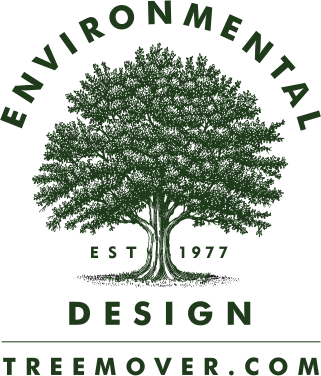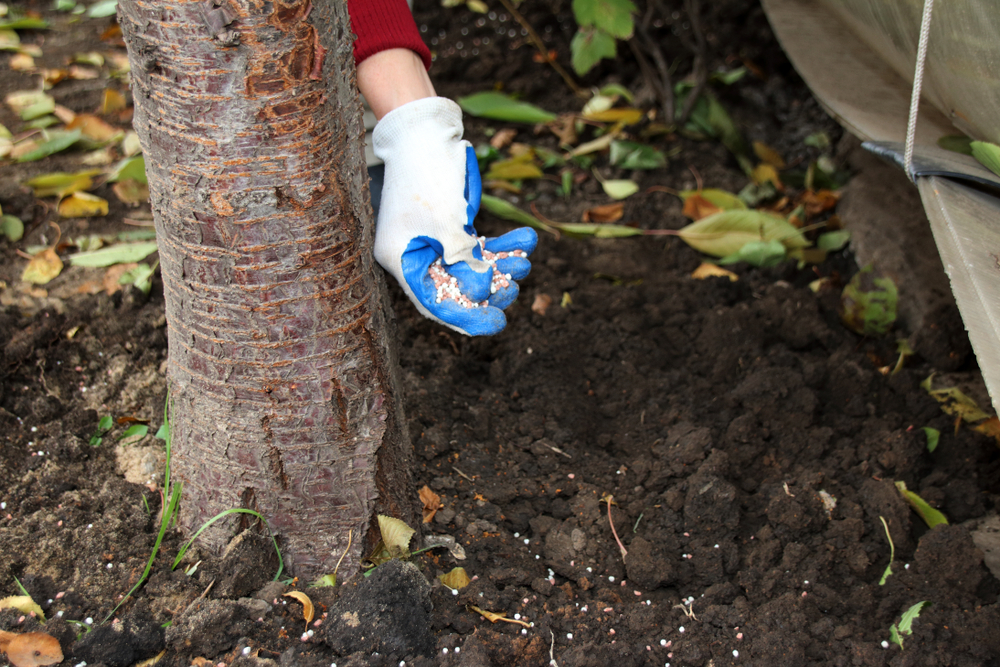Do I Need to Fertilize My Tree?
Have you planted new trees? If so, are you wondering whether they need to be fertilized to strengthen them?
Here at Environmental Design Inc., we are experts in tree health. We move trees, replant them, and ensure they thrive in their new location. We know how to help your trees recover from tree shock and how to take care of them during relocation and after planting them.
Our expert tree arborists have extensive experience when it comes to tree health and tree care. They know how to take care of newly planted trees as well as older ones—including fertilizing them.
Do I Need to Fertilize a New Tree?
Our arborists will guide you in taking care of your newly planted tree. You need to water your tree to ensure it gets enough moisture through its feeding roots.
We advise against fertilizing a newly planted tree. When trees get planted, they suffer from transplant shock. They need to get used to their new location and start growing their root system before they can properly absorb nutrients.
Sometimes we are asked whether there is a difference between a transplanted tree and a newly planted tree. A transplanted tree has usually undergone some root pruning to allow for new feeding roots to grow. A new tree is either wrapped in burlap or comes in a container.
In both cases, it is best to allow your tree to get accustomed to its new location and adjust to sun exposure and other variables.
Why Shouldn’t I Fertilize a New Tree?
The most common fertilizers contain nitrogen (N), phosphate (P), and potassium (K). These are macronutrients that help the tree develop its leaves and grow its canopy.
When you have just planted a tree, you want it to grow a strong root system that will keep it healthy for years to come. Nitrogen, in particular, enhances the growth of lush foliage at the expense of root growth.
That is why it is usually best to leave your tree without fertilization for the first one to two years after transplantation. Once you see your tree has adjusted to its new location, you can start a fertilizing routine to help it grow stronger.
When Should I Fertilize My Trees?
The best time to fertilize your trees is in early fall or early spring. This is the time when temperatures are milder and trees don’t suffer from extreme heat or cold. Their roots are more readily able to absorb the nutrients delivered through fertilization. What’s more, they still have time until winter or summer comes to boost themselves.
It is best if you don’t fertilize before dormancy because the tree is getting ready to draw back its growth. You don’t want new shoots right before the first freeze, as the cold will burn them.
When Shouldn’t I Fertilize My Trees?
If your tree is drought-stricken, it is already in shock. The heat shock means that you shouldn’t fertilize it, as it can’t use the nutrients. Macronutrients will simply linger around the roots instead of getting absorbed and will likely harm the tree.
How Should I Fertilize My Trees?
We suggest you first test your soil to see what types of deficiencies it has. If your soil is heavily deficient in a nutrient, it is very difficult to compensate for it by using a generic fertilizer. You will have to fertilize very frequently, which may harm the tree—and even then, your tree might still not get the correct type of nutrient.
There are various fertilizers in the market, with some being slow-release and others fast-release. Fertilizers have different levels of the three major macronutrients: you should choose the one that best fits your soil and tree health.
Apply the fertilizer evenly, away from the tree trunk. Water thoroughly after fertilization to ensure that the nutrients fully dissolve and enter the soil where they will be absorbed by the roots.
Don’t apply too much fertilizer because your tree will simply be unable to consume it all. Excess fertilizer may harm the tree, while any runoff will end up in lakes and rivers and pollute the groundwater. It is also financially unwise to exceed the recommended dosage.
Fertilizers Are Not Always the Answer
Project developers and homeowners sometimes get confused about the health of their trees. They might see a tree that looks weak with sparse foliage and assess it needs fertilizers. However, you should always ask an arborist about your trees’ health, as there are many possible reasons for a tree’s poor health.
Poor soil drainage, for example, can cause limp growth. Too much or too little water also influences how well your tree grows, particularly if the water is not delivered consistently.
In addition, insects may be eating away at your tree roots, or you might have planted your trees too deeply or too closely.
Mulch is another culprit for poor tree growth. Too much mulch can smother tree development and rot the tree trunk.
A compact soil doesn’t allow for oxygen to circulate and can rot the roots. Finally, extreme weather conditions like heat or cold can test your tree.
Naturally, none of these common causes of tree problems can be solved by fertilizing it.
What Are Signs That My Tree Needs Fertilizers?
Scant foliage, yellowing and twisted leaves, and stunted growth are signs that your trees are suffering. Drooping twigs and a general look of poor health could be signs that your tree may benefit from a round of fertilizer.
If you know that the soil, irrigation, and weather conditions are not affecting your tree, test your soil and apply the appropriate kind of fertilizer to provide the root system with the necessary nutrients.
Call Environmental Design Inc. to Transplant Your Trees
Trees add value to your development and increase your investment. They also create invaluable shade and environmental benefits, while serving as a place where communities can meet. Trees carry history in them—and that’s what our people at Environmental Design Inc. aim to protect.
With more than 40 years of tree transplanting experience, Environmental Design Inc. has the know-how and equipment to safely relocate and plant your trees. Our arborists have extensive knowledge regarding tree care and tree health.
Contact us today to discuss your landscaping needs.




Recent Comments